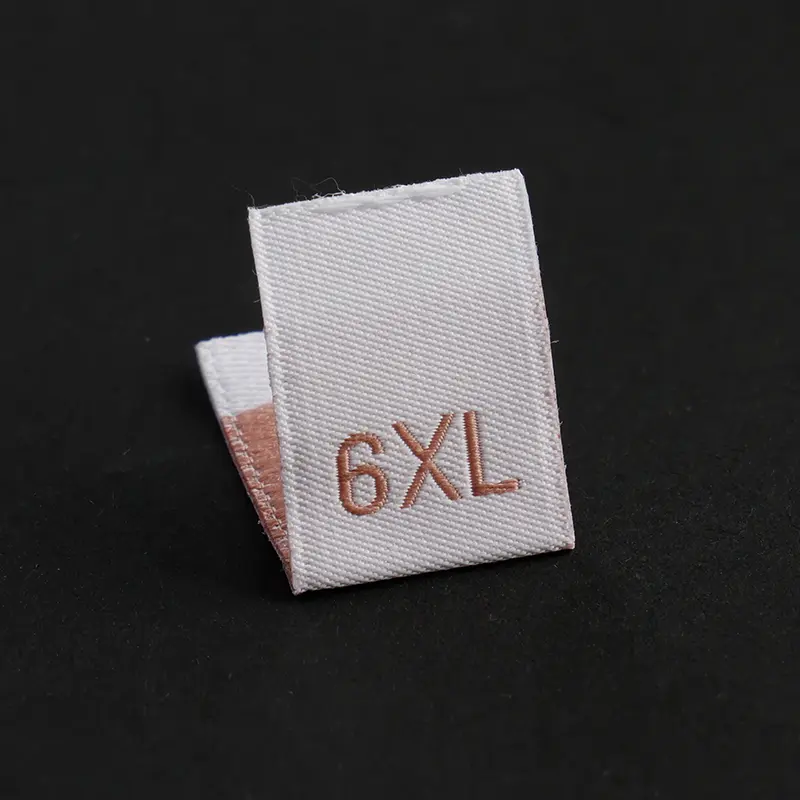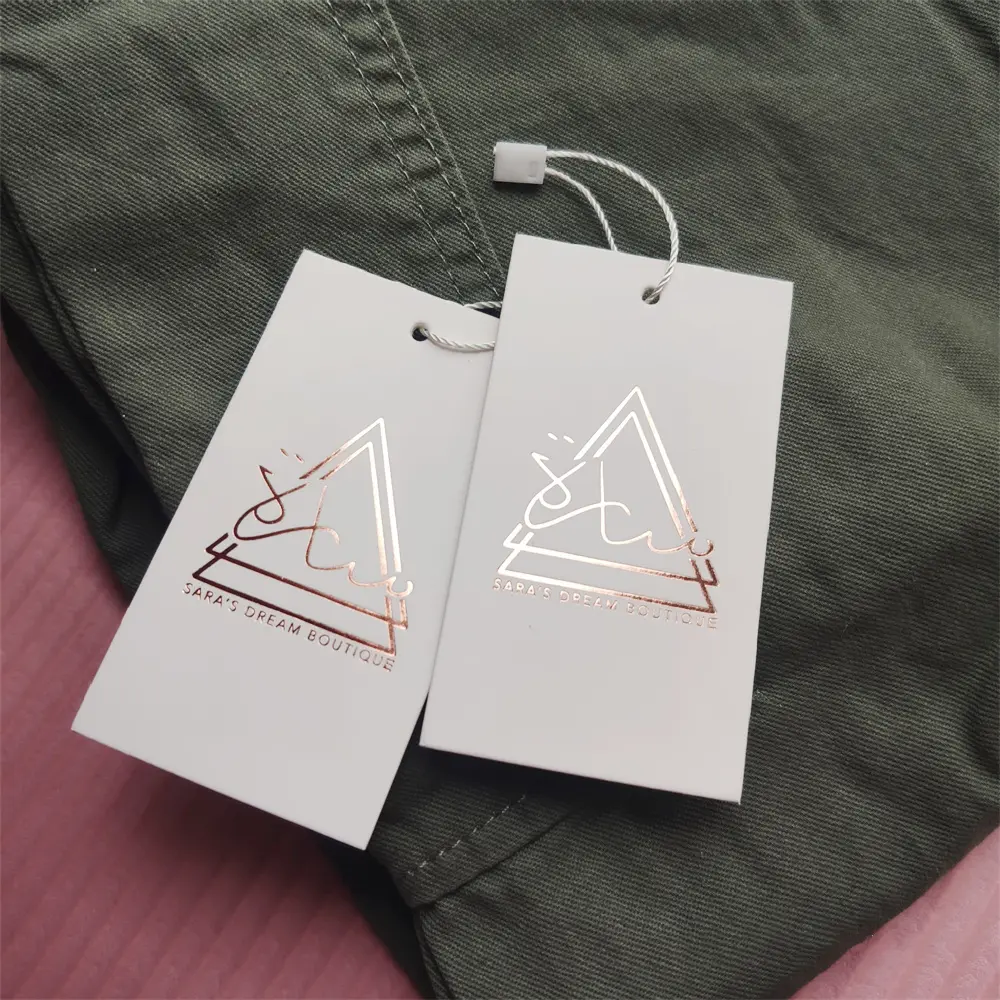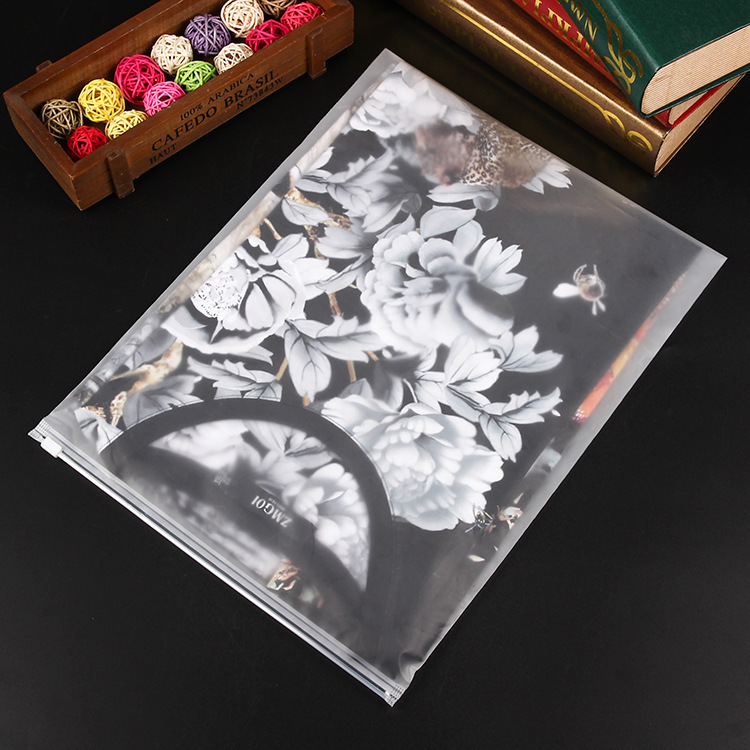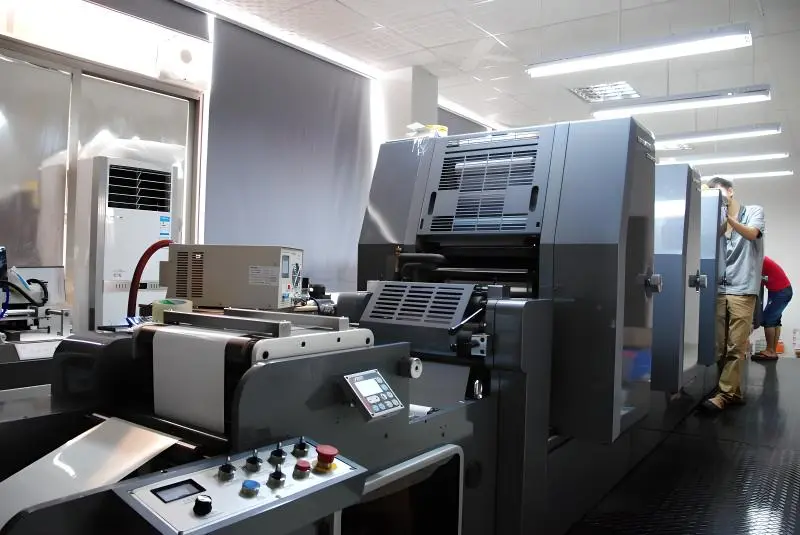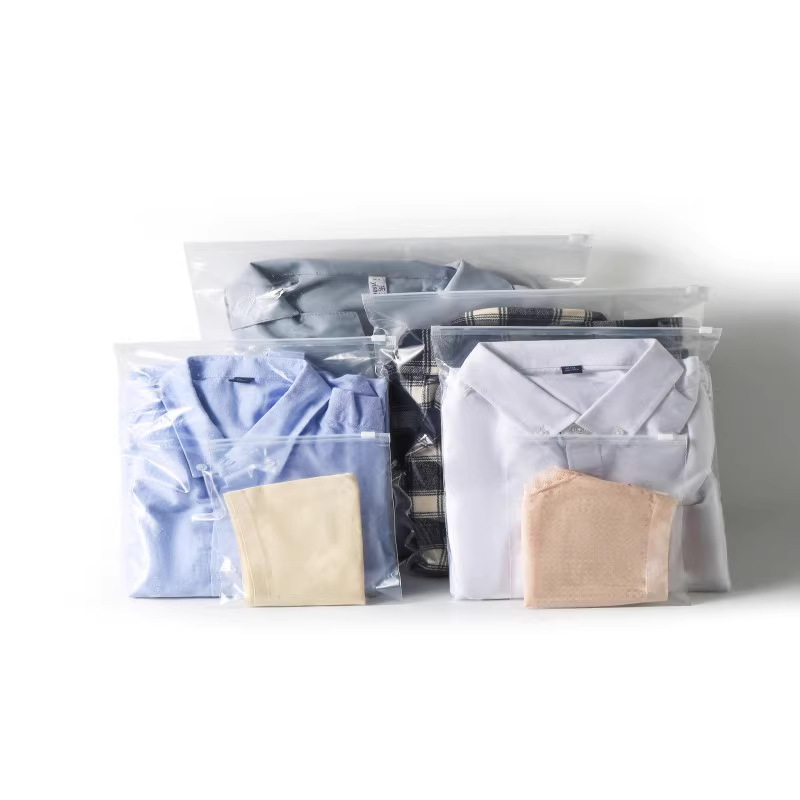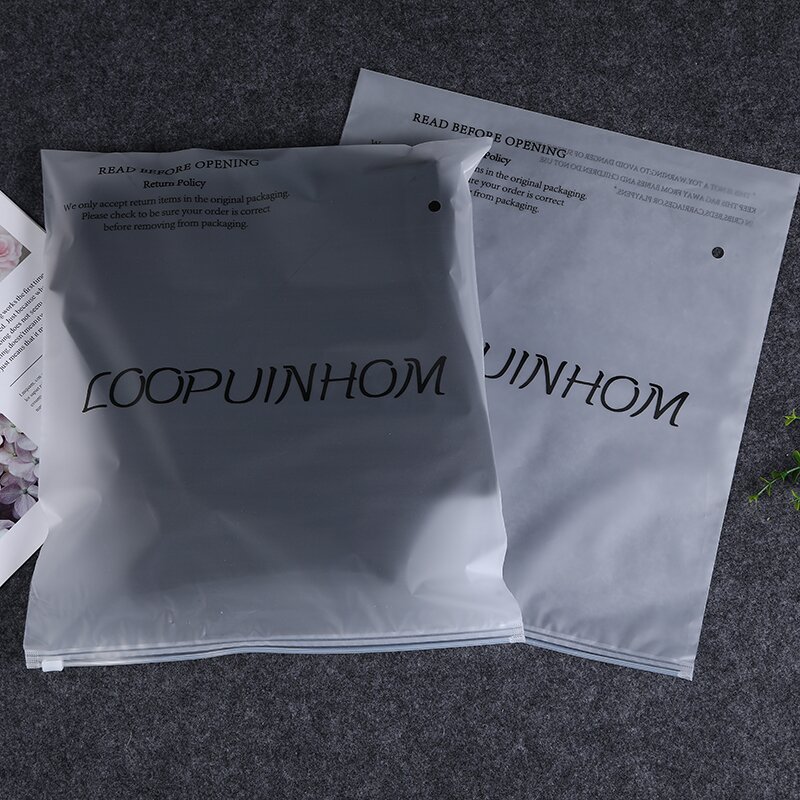Introduction to Paper Packaging Boxes
Introduction to Paper Packaging Boxes
Carton (also known as hard paper case): It is the most widely used packaging product. Depending on the material, there are corrugated cartons, single-layer paperboard boxes, and various specifications and models.
Commonly used cartons have three layers and five layers, with seven-layer cartons being less frequently used. Each layer consists of liner paper, corrugated paper, core paper, and surface paper. The liner and surface paper can be tea board paper or kraft paper, while the core paper is corrugated paper. Different manufacturers produce paper with variations in color and texture.
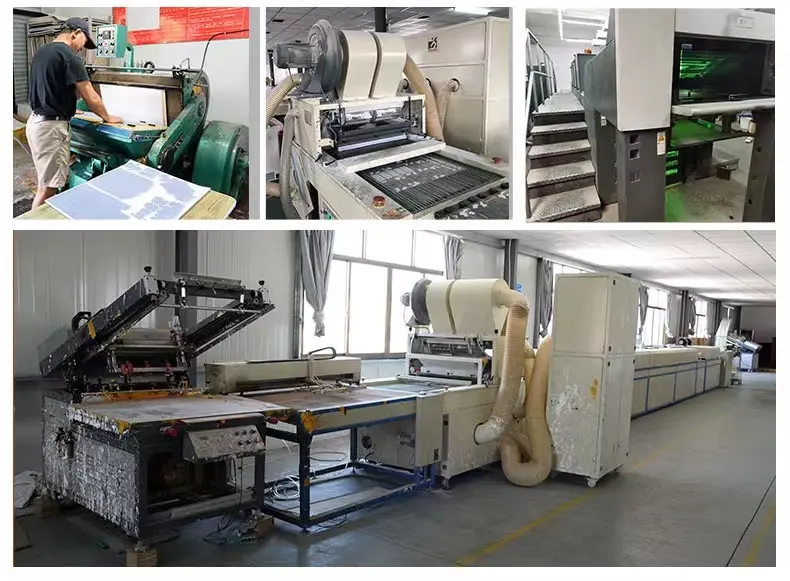
Cartons are usually used as product packaging or outer protective layers for items. The size of the carton changes according to the size of the product. Cartons often feature various warning signs or text, such as "Handle with Care," "Keep Dry," "This Side Up," "Stacking Limit," "Keep Away from Sunlight," "Moisture-Proof," "Quality & Safety," "Do Not Roll," "Do Not Step On," "Fire Hazard," "Fragile," "Eco-Friendly," "Keep Away from Heat," "Food," and "Odor Prevention," to remind users to handle them properly and protect the contents inside.
Corrugated board is made by bonding liner paper, core paper, and corrugated paper that has been processed into a wavy shape. Depending on packaging needs, corrugated board can be processed into single-face corrugated board, three-layer corrugated board, five-layer, seven-layer, or even eleven-layer corrugated board.
Different corrugation shapes provide different functions for the corrugated board. Even when using the same quality liner and surface paper, the performance of the corrugated board varies due to differences in the corrugation shape. Internationally, corrugated flute types are commonly divided into four categories: A-flute, C-flute, B-flute, and E-flute. A-flute corrugated board has good cushioning and elasticity. C-flute offers slightly less cushioning than A-flute but has better stiffness and impact resistance. B-flute has a high flute density, making the surface smoother and providing high compression resistance, which is suitable for printing. E-flute is thinner and denser, giving it greater rigidity.























